Related Research Articles

François Auguste René Rodin was a French sculptor generally considered the founder of modern sculpture. He was schooled traditionally and took a craftsman-like approach to his work. Rodin possessed a unique ability to model a complex, turbulent, and deeply pocketed surface in clay. He is known for such sculptures as The Thinker, Monument to Balzac, The Kiss, The Burghers of Calais, and The Gates of Hell.
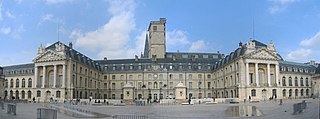
Dijon is a city that serves as the prefecture of the Côte-d'Or department and of the Bourgogne-Franche-Comté region in eastern France. As of 2017 the commune had a population of 156,920.

The Académie Julian was a private art school for painting and sculpture founded in Paris, France, in 1867 by French painter and teacher Rodolphe Julian (1839–1907) that was active from 1868 through 1968. It remained famous for the number and quality of artists who attended during the great period of effervescence in the arts in the early twentieth century. After 1968, it integrated with ESAG Penninghen.

Charles Daudelin, was a French Canadian pioneer in modern sculpture and painting. He worked in a wide variety of media, including painting, metal and ceramic sculpture, jewelry, and marionettes which he made with his wife, Louise.

François Rude was a French sculptor, best known for the Departure of the Volunteers, also known as La Marseillaise on the Arc de Triomphe in Paris. (1835–36). His work often expressed patriotic themes, as well as the transition from neo-classicism to romanticism.
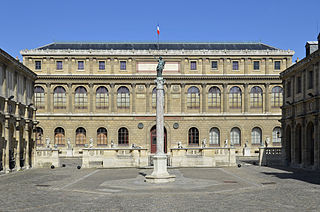
The Beaux-Arts de Paris is a French grande école whose primary mission is to provide high-level arts education and training. This is classical and historical School of Fine Arts in France. The art school, which is part of the Paris Sciences et Lettres University, is located on two sites: Saint-Germain-des-Prés in Paris, and Saint-Ouen.
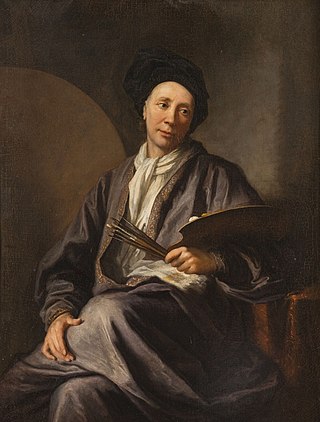
Bon Boullogne was a French painter.
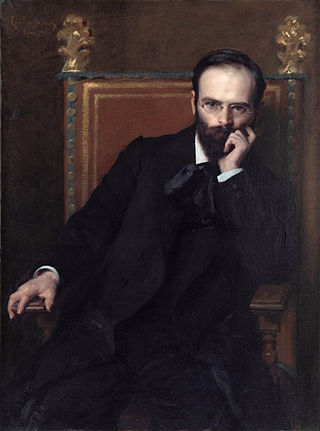
Henri Bouchard, was a French sculptor. His work was part of the sculpture event in the art competition at the 1924 Summer Olympics.

Pierre Félix Masseau, known professionally as Fix-Masseau. He was a noted French sculptor and father of poster artist Pierre Fix-Masseau with whom he is sometimes confused with.
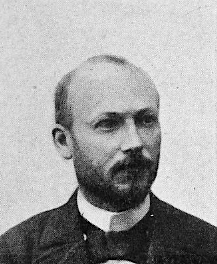
Paul Jean-Baptiste Gasq was a French sculptor, born in Dijon.

Jean-Jacques Caffieri was a French sculptor. He was appointed sculpteur du Roi to Louis XV and later afforded lodgings in the Galeries du Louvre. He designed the fine rampe d'escalier which still adorns the Palais Royal. He is better known for his portrait busts, in terracotta or marble: his bust of Madame du Barry is at the Hermitage Museum, St Petersburg. He made a name with his busts of Pierre Corneille and Jean Racine for the foyer of the Comédie Française.

The Musée des Beaux-Arts de Dijon is a museum of fine arts opened in 1787, in Dijon, France. It is one of the main and oldest museums of France. It is located in the historic city centre of Dijon and housed in the former ducal palace which was the headquarters of the Burgundy State in the 15th century. When the duchy was assimilated to the Kingdom of France, the palace became the house of the King. In the 17th century, it became the Palace of the Dukes of Burgundy following a project by Jules Hardouin-Mansart.
Étienne Martin was a French non-figurative sculptor.
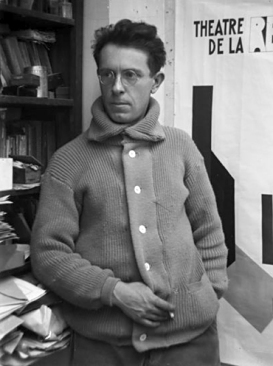
Joseph Csaky was a Hungarian avant-garde artist, sculptor, and graphic artist, best known for his early participation in the Cubist movement as a sculptor. Csaky was one of the first sculptors in Paris to apply the principles of pictorial Cubism to his art. A pioneer of modern sculpture, Csaky is among the most important sculptors of the early 20th century. He was an active member of the Section d'Or group between 1911 and 1914, and closely associated with Crystal Cubism, Purism, De Stijl, Abstract art, and Art Deco throughout the 1920s and 1930s.

Jean Messagier was a French painter, sculptor, printmaker and poet. Jean Messagier had his first solo exhibition in Paris at Galerie Arc-en-Ciel in 1947. From 1945 to 1949 the artist worked under the influence of Pablo Picasso, André Masson, Paul Klee and François Desnoyer, his professor at École nationale supérieure des arts décoratifs in Paris. Messagier again was revealed to the public at an exhibition organized by Charles Estienne at the Galerie de Babylone in 1952, entitled "La Nouvelle École de Paris". The following year, Messagier deliberately broke away from his expressionistic form of Post-Cubism; his inspirations now focused on Jean Fautrier and Pierre Tal-Coat to develop a personal vision in which he renders "light...approached abstractly." Jean Messagier is often associated with Lyrical abstraction, Tachisme, Nuagisme, Art informel and paysagisme abstrait, though the artist himself had never accepted any labels, and had always refused the distinction between abstraction and figuration. From 1962 until the year of his death Jean Messagier exhibited in France and abroad, taking part in some major international events as a representative of new trends in French painting.

Alain Kirili was a French-American sculptor. He was recognized for his post-minimalist abstract sculptures in forged iron and his large-scale public sculptures. His work has been the subject of numerous gallery and museum exhibitions in United States and Europe, and has received considerable critical interest from art historians, such as Thierry Dufrêne, Robert C. Morgan, Robert Rosenblum, and Kirk Varnedoe. Kirili lived and worked in Paris and New York.

Louis Leygue was a French sculptor and painter. As a sculptor he worked in the traditional stone but also pioneered the use of various metals. He was particularly adept in depicting horses.
Hubert Yencesse was born in Paris on 28 April 1900, and died in Dijon, Paris on 4 October 1987. He was a known French sculptor. He secured 3rd place in the Art Olympics of the year 1948 for his sculpture Swimmer. His first exhibition was in the year 1921 at the Salon d'Automne, and in the year 1934 he received the Blumenthal prize.

Simone Boisecq was a French sculptor who worked in Algiers and Paris. Her work has been described as a synthesis between abstraction and figuration.
References
- ↑ "Robert Rigot (1929-...)". Bibliothèque nationale de France (in French).
- ↑ "[Figure décorative pour un jardin d'agrément] . (Titre forgé)". Beaux-arts de Paris (in French).
- ↑ "Robert Rigot". Beaux-Arts de Paris (in French). Archived from the original on 5 March 2018.
- ↑ "Robert Rigot". Encyclo (in French). Archived from the original on 6 July 2016.
- ↑ Morhain, Geofrroy (2 June 2023). "Le sculpteur bourguignon Robert Rigot est mort". Dijon Beaune Mag (in French). Retrieved 5 June 2023.